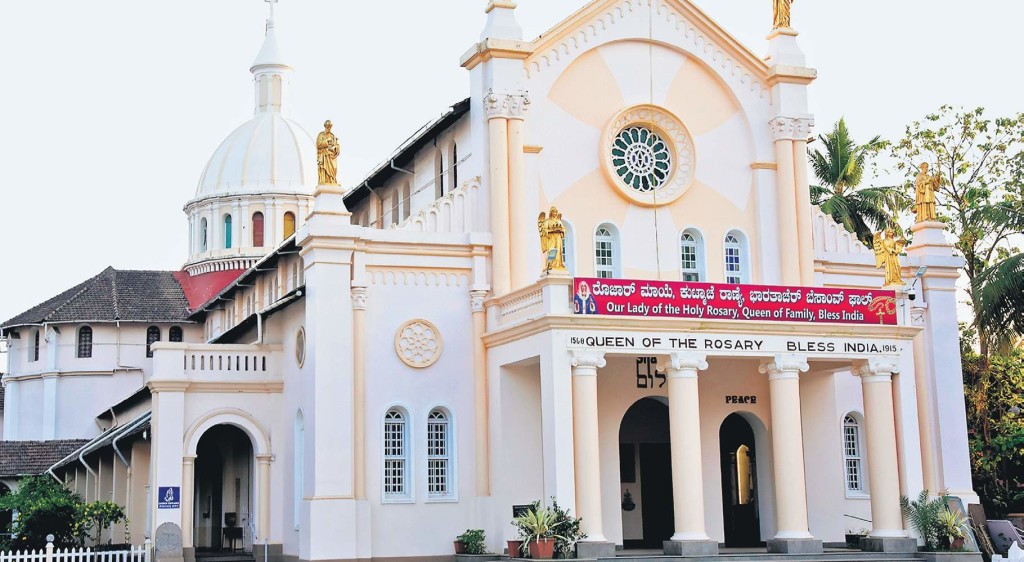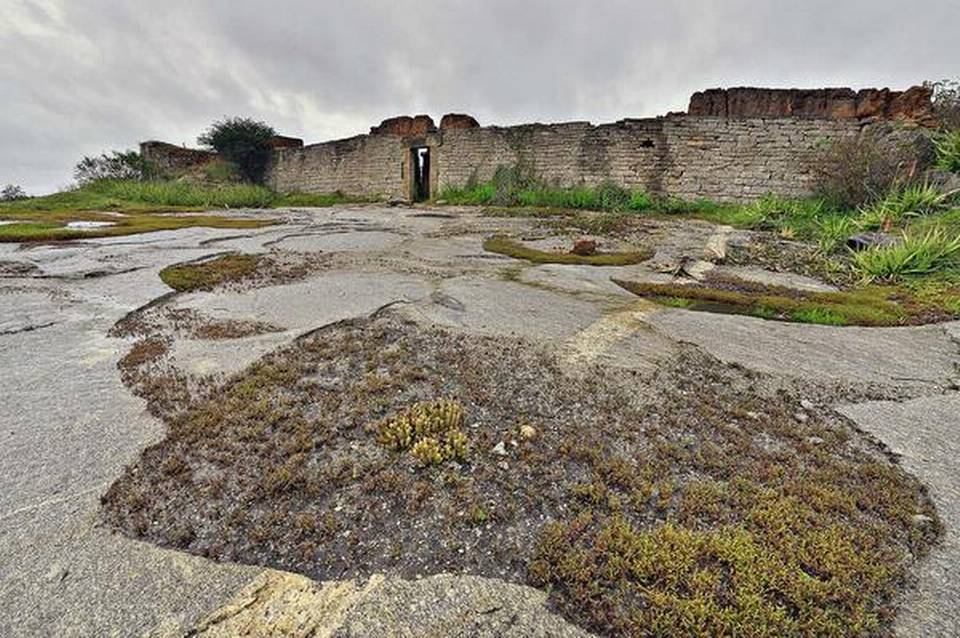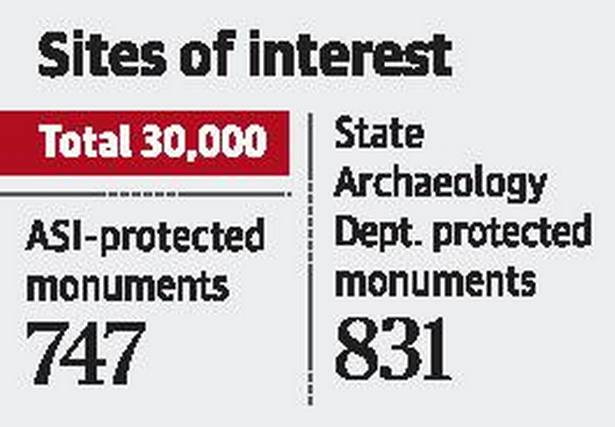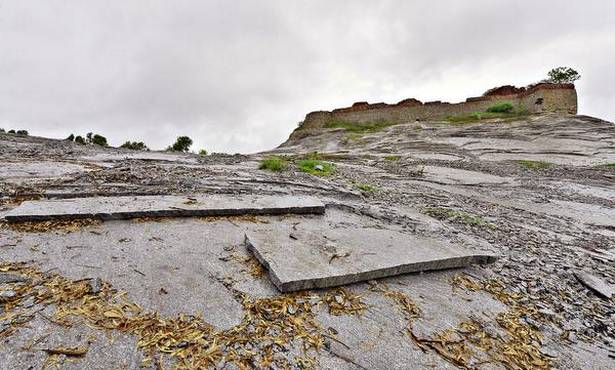Hailed as the Rome of the East, Mangaluru is known for its beautiful churches with the oldest one, Rosario Cathedral, dating back to 450 years.

Mangaluru :
Hailed as the Rome of the East, Mangaluru is known for its beautiful churches with the oldest one, Rosario Cathedral, dating back to 450 years. A testament to the cultural, religious and architectural history of the city, these magnificent churches with their pinnacles and structures and jaw-dropping design and interiors hold you spellbound.
Christianity came to the Canara region by the 15th century and probably the Franciscans and Our Lady of Mercy missionaries working at Kerala coast would have visited Mangaluru during this time. With Portuguese taking Goa in AD 1510 and reinforcing it as their stronghold, the Christian community from Goa started migrating to Canara region. In AD 1526, a group of Franciscan Missionaries opened their mission in Mangalore and the first batch of Jesuits arrived by AD 1570 when evangelization started full scale. And by 1609, the region was under the jurisdiction of Goa Archdiocese.

As Christianity started spreading roots, places of worships also started being established with Rosario Church (Our Lady of Rosary) in AD 1568 – 69 followed by Milagres (Our Lady of Miracles) in AD 1680. And, as Christian population grew, the sub-stations became parishes and churches were constructed in these parishes with each church dedicated to either Mother Mary or prominent Saints of Catholic Church.
Since the early missionaries were from Europe, predominantly from Portugal and Rome, they brought in their architecture to the churches constructed here. “Churches are nothing but larger halls (nave) with an altar and most of them were replicas of the European churches. But not of that grandeur, as missionaries and local community constructed them with whatever material they could get here. The style was definitely Roman and Gothic,” says Mangalore Diocese Bishop Peter Paul Saldanha.
A major blow came when Mysore ruler Tipu Sultan captured Mangaluru from the British in 1784 and Tipu believing that the local Christian community aided the English, decided to punish them, taking them as captives to Srirangapatna. Thus began the long exile of the Christian community from Mangaluru between 1784 and 1799 till Tipu fell to the British East India Company. Tipu’s army ravaged several churches in the region, including the Milagres church. “However, the local Hindu community was benevolent towards the Christian places of worship protecting them till the community came back to erect the churches again,” says Lawrence Cutinha of Design Palace specialising in designing churches in Dakshina Kannada, Udupi and Chikkamagaluru districts.
“Catholic churches fall mostly into two categories, Roman and Gothic, where the former is dominant. Even today, most of the churches are designed in the same old design like a cross -with a nave and wings- though other shapes like circle and hexagon are also presently being considered. The facets in front of these churches give their traditional look,” he states.
With a good number of churches crossing 100 years, several of them have undergone renovation. “Old churches have a lot of interiors like carvings which we don’t replicate. It needs masonry skill and a lot of money. The old lime plaster is replaced with cement. The altar and tabernacle designs correlate with the type of the church, either Gothic or Roman style,” Cutinha says.
Author and journalist John Monteiro says that old churches have been conceived keeping in mind that there was no electricity or microphones in those days. “During the days without microphones, the voice of the priest had to reach the last man in the church. So they have been designed to echo the voice. There were special provisions like pulpits and lofts for choirs to sing. All have disappeared after the advent of microphones,” he says.
Further, the church architecture took a notable change when the Second Vatican Council in 1962 – 65 changed the way liturgy was conducted. From facing away from the laity, the priest turned towards them and altar was brought as a separate structure from tabernacle or sanctum. The council also brought in the vernacular language into worship in place of Latin, Monteiro says.
Compared to Roman Catholic church, Protestant church came to Mangaluru later – during the Basel Mission when missionaries from Germany and Switzerland evangelized in the area starting from AD 1834. The oldest of Protestant churches is Shanti Cathedral at Balmatta constructed 154 years back and other older churches of the denomination are Kanthi Church at Jeppu and Vishranti Church at Bokkapattna as well as St Paul’s Church near State Bank — all established between AD 1843 and 1888. “The early missionaries from Basel Mission conceived these churches on the models back in their hometown Basel,” says Winfred Amanna, pastor of Vishranti Church.
Eastern Catholics or Syro – Malabar or Malankara rites from Kerala came to Dakshina Kannada around the 1950s catering to the spiritual needs of people from Kerala migrating to the region. The style of churches resembles mostly Syrian churches in Kerala with a special distinction of the cross known as St Thomas Cross.
source: http://www.newindianexpress.com / The New Indian Express / Home> States> Karnataka / by Arockiaraj Johnson / Express News Service / December 23rd, 2018











